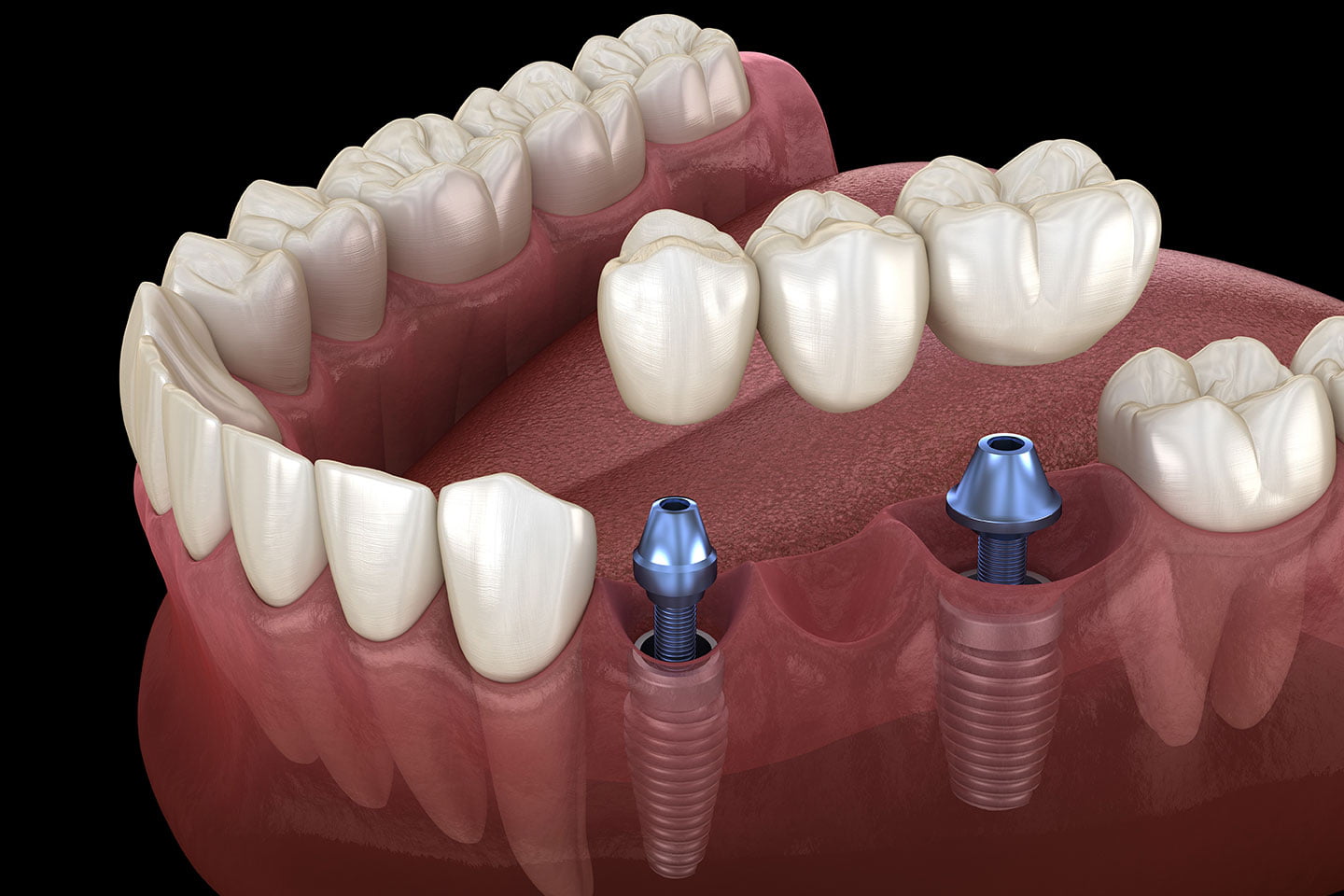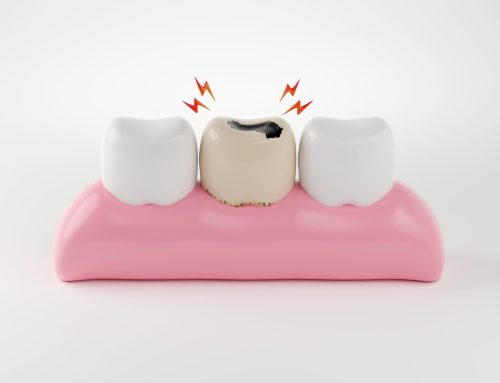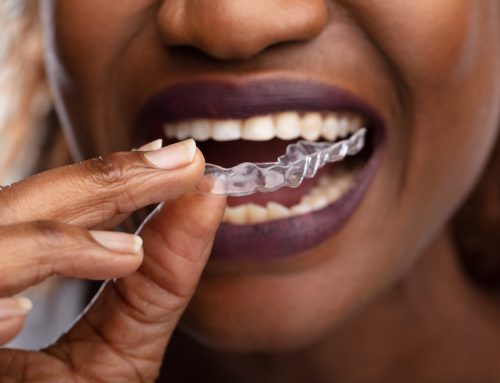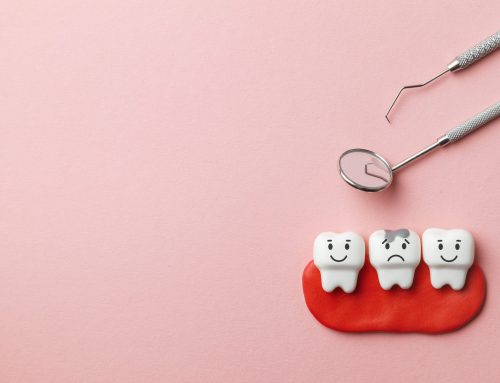When you’re missing a tooth, the decision between a dental implant and a bridge isn’t always simple. Both options can restore your ability to chew, support your facial structure, and help you feel more confident again — but they come with different considerations.
At Somerset Dental on James, we understand that replacing a missing tooth is about more than just closing a gap. It’s about restoring your confidence, function, and long-term oral health.
Let’s walk through the pros and cons of each option so you can feel confident choosing the solution that fits your goals, lifestyle, and budget.
What’s the Difference Between a Dental Implant and Bridge?
If you’ve been Googling dental implant vs. bridge, you’re not alone — it’s one of the most common questions our patients ask. Here’s a quick, no-jargon breakdown:
- Dental Implant: A titanium post is placed into your jawbone, acting like the root of a tooth. A crown is then attached on top, creating a natural-looking and highly durable replacement.
- Dental Bridge: A prosthetic tooth (or teeth) is anchored to the natural teeth on either side of the gap. It literally “bridges” the space without a post in the bone.
Both options can restore your smile, but they function differently — and the right choice often depends on your oral health, personal goals, and budget.
Pros and Cons of Dental Implants
Dental implants are often seen as the gold standard for tooth replacement. But are they right for everyone?
Benefits of Dental Implants:
- Long-lasting — often decades with proper care
- Helps preserve jawbone density and facial structure
- Doesn’t affect neighbouring teeth
- Feels and functions like a natural tooth
Considerations:
- Higher upfront cost
- Requires sufficient bone for placement
- Healing time of a few months before the crown is placed
- Surgical procedure involved
Somerset Dental offers dental implants in SW Calgary. They’re a long-lasting, natural-looking solution trusted by many of our patients. If you’re weighing your options, we’d love to help! Learn more in our guide: The Benefits of Dental Implants.
Pros and Cons of Dental Bridges
For patients who prefer a non-surgical option, dental bridges offer a quicker, more accessible solution—especially if nearby teeth already need crowns.
Unlike implants, bridges don’t require surgery or bone grafting, which can make them a more accessible choice for patients with certain health conditions or limited jawbone density.
Benefits of Dental Bridges:
- Typically faster to complete (within a few weeks)
- Often lower cost upfront than implants
- Doesn’t require surgery
- Can be a great solution if surrounding teeth need crowns anyway
Considerations:
- Requires reshaping of healthy adjacent teeth
- Doesn’t prevent bone loss in the jaw beneath the gap
- May need replacement after 10–15 years
Somerset Dental on James provides dental bridges in SW Calgary. Book your consultation today to talk about your options!
Dental Implant vs. Bridge—Which Is Right for You?
When restoring your smile, the decision really comes down to what matters most to you.
- Do you want the longest-lasting solution?
- Are you hoping to avoid surgery?
- Are you managing a tighter budget?
Each option has its place. Here’s a comparison chart to help clarify your options:
| Consideration | Dental Implant | Dental Bridge |
|---|---|---|
| Longevity | Often lasts a lifetime | 10–15 years on average |
| Impact on other teeth | No impact | Requires reshaping adjacent teeth |
| Bone preservation | Yes—helps maintain bone | No—does not prevent bone loss |
| Treatment time | Several months (healing time) | Typically 2–3 weeks |
| Upfront cost | Higher | Lower |
| Natural feel & function | Very natural | Slightly less so |
Read our comprehensive guide: How Dental Implants Can Restore Your Smile.
What Matters Most: Comfort, Cost, and Confidence
We often hear three big concerns:
Do dental implants or bridges hurt?
We use gentle, minimally invasive techniques to keep you comfortable, whether you choose an implant or bridge.
How much do dental implants and bridges cost?
Implants tend to cost more upfront but can save you on replacements long-term. Bridges may be more budget-friendly in the short term.
Do dental implants and bridges look natural?
Yes. Both options are designed to blend seamlessly with your natural smile.
Dental Implant Versus Bridge: What We Want Our Patients to Know
Dr. Abe Ayeh and Dr. Abenaa Ayeh focus on comprehensive oral health — never on quick fixes.
Whether you’re exploring dental implants or leaning toward dental bridges, the goal at our welcoming SW dental clinic is always the same: help you feel confident, cared for, and clear about your options. We will walk you through every step so you feel informed and empowered — not overwhelmed.
Implant or Bridge? Let’s Talk About What’s Best for You
Choosing between a dental implant and a bridge doesn’t have to be confusing. If you’ve been living with a missing tooth, we’re here to help you explore your options, answer your questions, and guide you toward the solution that feels right for you—no pressure, just personalized care.
Reach out to Somerset Dental on James to book your consultation.
Want more advice on caring for your smile? See what’s new on our blog below!





